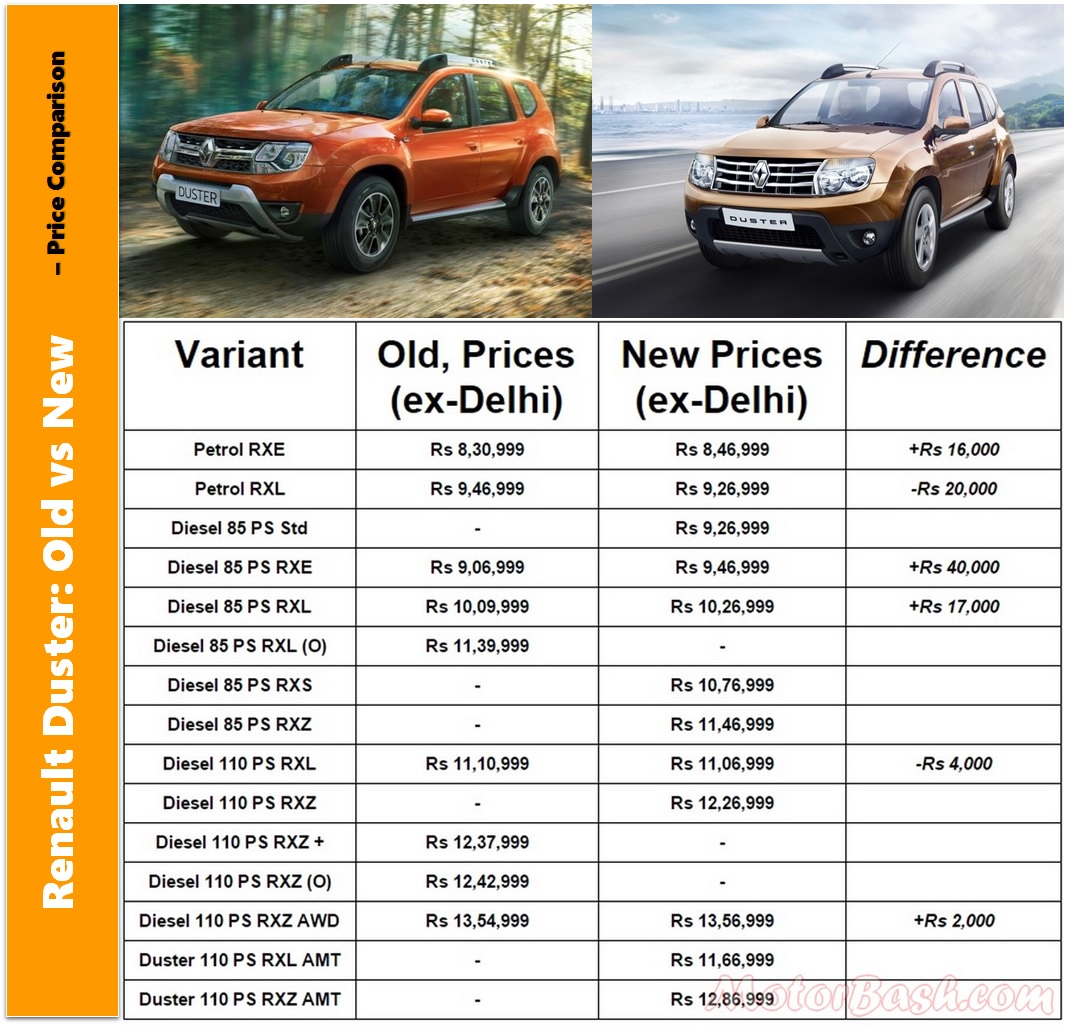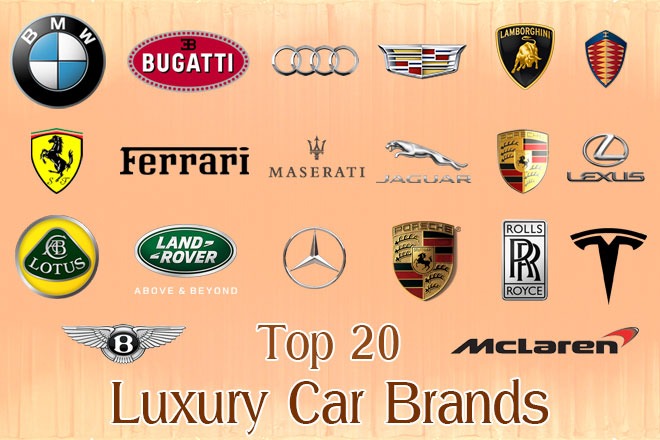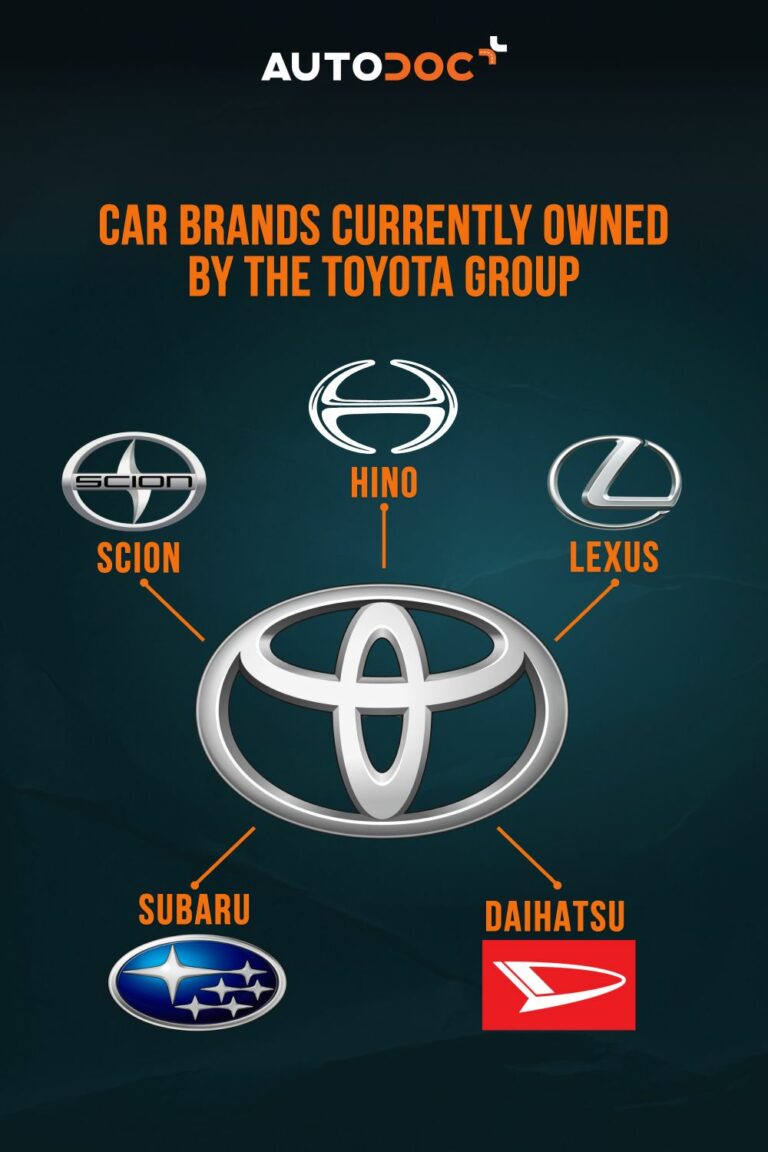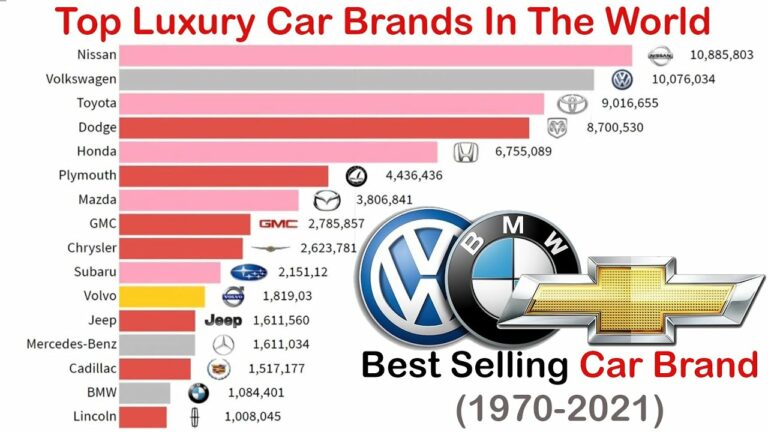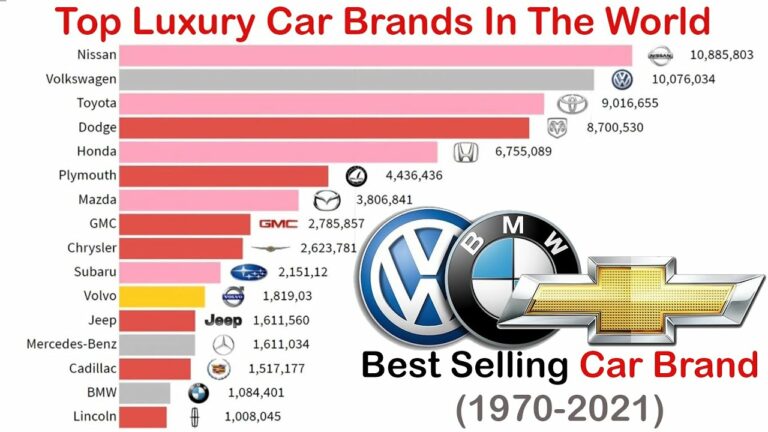The Phenomenon of the Duster: A Comprehensive Look at a Global Automotive Success
The Phenomenon of the Duster: A Comprehensive Look at a Global Automotive Success cars.truckstrend.com
Introduction: Defining the Duster’s Enduring Appeal
When one hears "Duster Car Brand," it’s important to clarify a common misconception: Duster isn’t a standalone car brand, but rather a hugely successful and globally recognized compact SUV model produced by Dacia, a Romanian subsidiary of the French automotive giant Renault. Launched in 2010, the Dacia Duster rapidly carved out a unique niche for itself, challenging conventional perceptions of what an affordable SUV could offer. It emerged as a no-nonsense, rugged, and remarkably capable vehicle, quickly becoming a symbol of accessible adventure and practicality. Its significance lies in democratizing the SUV segment, making robust off-road capability and spacious family utility available to a much wider audience, thereby reshaping market expectations and cementing its status as a true automotive phenomenon.
The Phenomenon of the Duster: A Comprehensive Look at a Global Automotive Success
I. The Genesis and Evolution: From Concept to Global Icon
The Duster’s journey began with Dacia’s vision to create a simple, affordable, yet highly capable SUV for both emerging and established markets. The goal was to build a vehicle that could withstand challenging terrains and diverse climates, while remaining incredibly cost-effective to produce and maintain.
First Generation (2010-2017): The Birth of a Legend
The original Dacia Duster debuted at the 2010 Geneva Motor Show, immediately turning heads with its surprisingly muscular design and an almost unbelievable price tag. Built on the B0 platform shared with other Renault-Nissan models, it offered a range of efficient petrol and diesel engines, available with both two-wheel-drive (2WD) for urban efficiency and a highly capable four-wheel-drive (4WD) system for off-road prowess. Its design prioritized utility and ground clearance, foregoing elaborate styling for a functional, rugged aesthetic. The interior was basic but durable, focusing on practicality and space. This generation quickly became a sales success, particularly in Europe, India, Russia, and South America, establishing Duster’s reputation for rugged reliability and exceptional value.
Second Generation (2017-Present): Refinement Without Compromise
Introduced in late 2017, the second-generation Duster aimed to refine its predecessor’s winning formula without sacrificing its core strengths. While retaining the instantly recognizable silhouette, every body panel was new, featuring more sculpted lines, updated lighting signatures, and a more sophisticated overall appearance. The interior saw the most significant transformation, with improved materials, better ergonomics, a modern infotainment system, and enhanced sound insulation, addressing some of the first generation’s criticisms. Underneath, it retained the proven platform but introduced new, more efficient engines, including turbocharged petrol options and an LPG variant, alongside improved safety features. This generation has continued the Duster’s global success story, proving that affordability and capability can indeed coexist with improved comfort and technology.
Renault Duster vs. Dacia Duster: A Global Branding Strategy
While primarily known as the Dacia Duster in Europe and North Africa, the vehicle is sold under the Renault brand in many other markets, including Russia, India, Brazil, South Africa, and the Middle East. This branding strategy leverages Renault’s stronger market presence and established dealer networks in these regions. While the core vehicle remains largely the same, there can be minor cosmetic differences, specific engine options, and trim levels tailored to local market preferences. This dual branding underscores the Duster’s global appeal and adaptability.
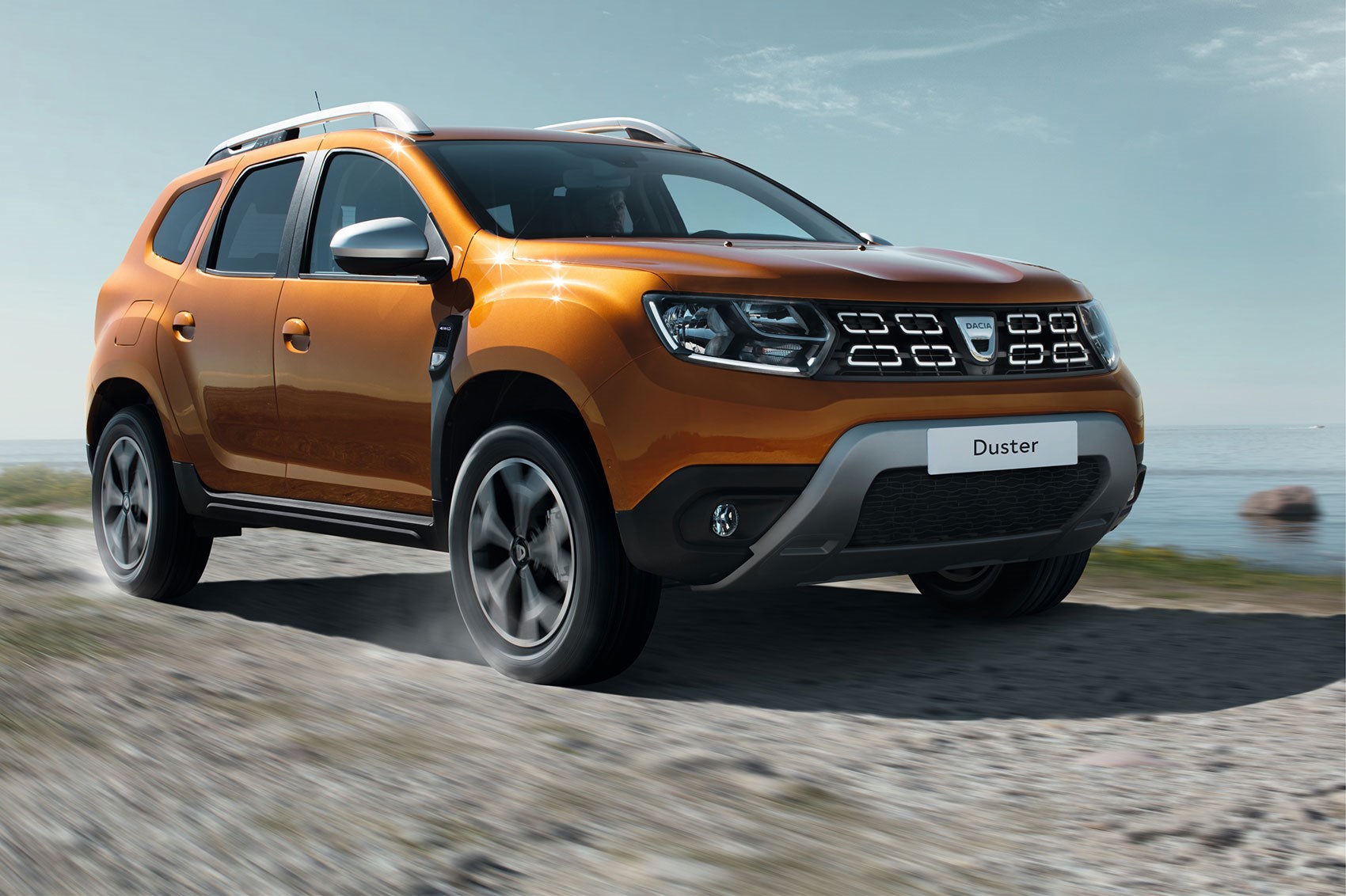
II. Design Philosophy and Engineering Prowess
The Duster’s success is deeply rooted in its pragmatic design and robust engineering.
Exterior: Rugged Utility Meets Modern Aesthetics
From its inception, the Duster’s exterior design has been defined by its purposeful, muscular stance. High ground clearance, prominent wheel arches, and short overhangs are hallmarks, signaling its readiness for challenging terrains. The second generation refined this, adding LED daytime running lights, a more assertive grille, and chrome accents, giving it a more contemporary look without losing its rugged charm. It avoids the overly sleek or aggressive lines of many modern SUVs, opting instead for an honest, utilitarian appeal that resonates with practical buyers.
Interior: Prioritizing Practicality and Durability
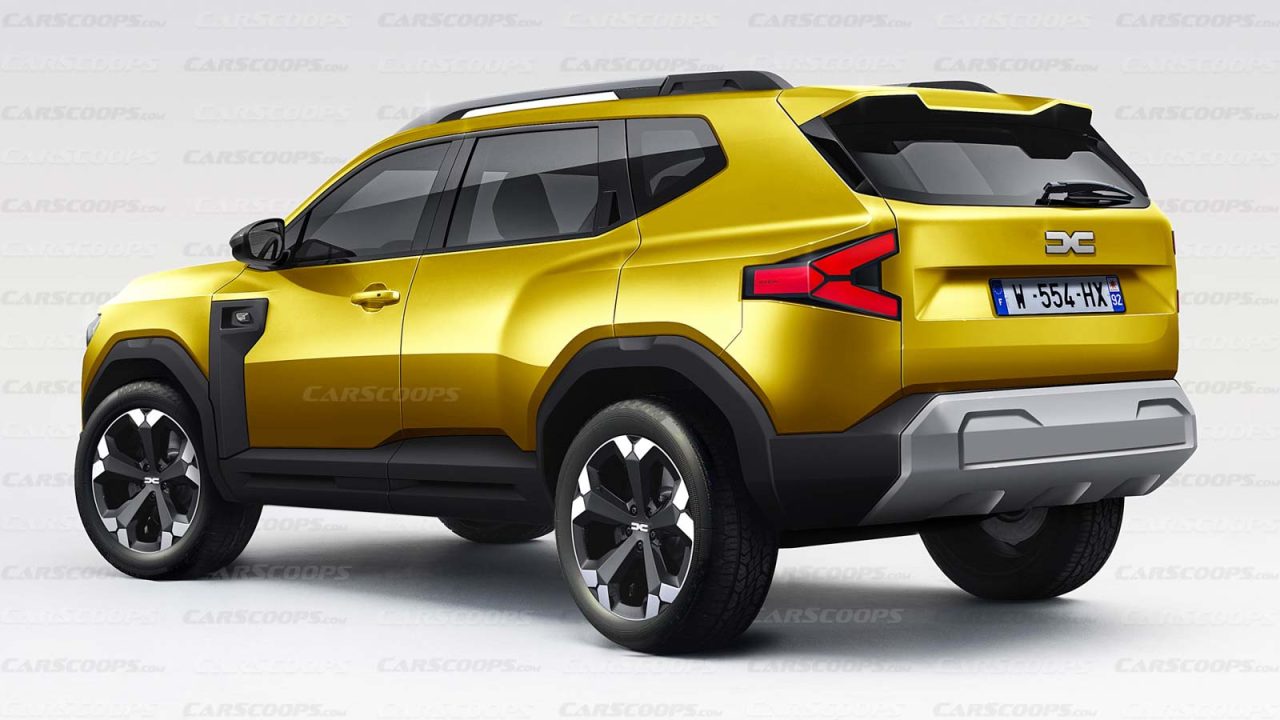
The interior of the Duster has always been about function over frills. While the first generation was notably spartan, it offered excellent space and hard-wearing materials designed to withstand daily abuse. The second generation significantly uplifted the cabin experience with a more ergonomic dashboard layout, improved quality plastics, and the integration of modern amenities like a touchscreen infotainment system with smartphone connectivity (Apple CarPlay/Android Auto). Crucially, it retained its generous boot space and comfortable seating, making it a genuinely practical family vehicle.
Chassis and Powertrain: Built for Endurance
The Duster’s underlying platform, initially the B0 platform, has proven to be incredibly robust and adaptable. This robust foundation contributes significantly to its off-road capability and durability. It offers a diverse range of powertrains:
- Petrol Engines: From naturally aspirated units to modern turbocharged TCe engines, offering a balance of power and fuel efficiency.
- Diesel Engines: Known for their strong torque and excellent fuel economy, particularly favored in markets where diesel remains popular.
- LPG/Bi-fuel Options: Some markets offer factory-fitted LPG versions, providing a cost-effective and environmentally friendlier alternative.
- Transmission: Available with manual and increasingly, automatic (CVT or EDC) transmissions.
- 2WD vs. 4WD: The availability of both front-wheel-drive (2WD) for urban and highway driving and a sophisticated, electronically controlled all-wheel-drive (4WD) system is a key differentiator. The 4WD system, often sourced from Nissan, includes selectable modes (2WD, Auto, Lock) allowing drivers to optimize traction for various conditions, making it genuinely capable off-road.
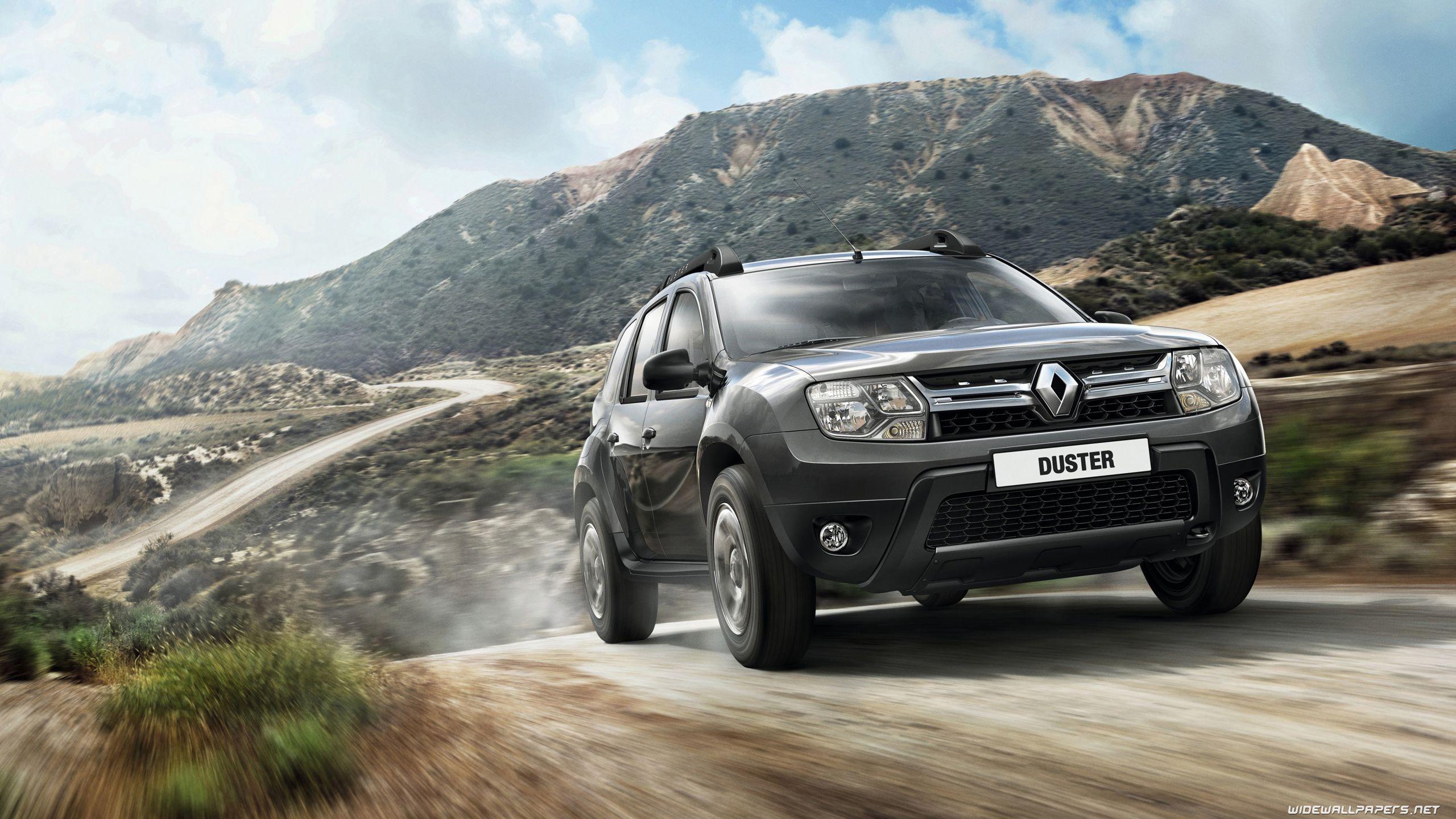
III. Why the Duster Resonates: Key Strengths and Benefits
The Duster’s enduring appeal can be attributed to several core strengths that set it apart in a crowded market.
- Unbeatable Affordability: This is arguably the Duster’s most significant selling point. It consistently offers more space, capability, and features for its price than virtually any direct competitor, making SUV ownership attainable for a wider demographic.
- Ruggedness and Reliability: Built with simplicity and durability in mind, the Duster is renowned for its ability to withstand harsh conditions and deliver years of trouble-free service. Its components are generally robust and readily available, contributing to lower maintenance costs.
- Versatility: The Duster effortlessly transitions between roles. It serves as a comfortable daily commuter, a spacious family vehicle for road trips, and a capable adventure companion for weekend getaways, thanks to its generous cargo capacity and optional 4WD.
- Genuine Off-Road Capability (4×4 Models): Unlike many "soft-roaders," the 4×4 Duster possesses legitimate off-road credentials. Its high ground clearance, capable AWD system, and decent approach/departure angles allow it to tackle rough tracks, muddy trails, and snowy conditions with surprising ease, a rare trait in its price segment.
- Practicality and Space: Despite its compact exterior dimensions, the Duster offers impressive interior space for five occupants and a substantial boot, making it highly practical for families and active lifestyles.
- Global Appeal: Its ability to adapt to diverse market needs, from the icy roads of Russia to the dusty trails of India and the urban jungles of Europe, highlights its universal appeal and robust engineering.
IV. Driving the Duster: Practical Considerations and Ownership Experience
For prospective buyers and current owners, understanding the practical aspects of Duster ownership is key to maximizing its value.
Choosing the Right Variant
Consider your primary use case:
- Urban/Highway Driving: A 2WD petrol or efficient diesel variant will offer better fuel economy and lower upfront costs.
- Rural/Adventure Driving, Poor Roads, or Snow: The 4WD diesel or turbo petrol variants are highly recommended for their enhanced traction and capability.
- Budget vs. Features: Dacia’s philosophy means even base models are well-equipped, but higher trims offer more creature comforts like climate control, larger infotainment screens, and advanced safety features.
Maintenance Tips
The Duster is designed for straightforward and cost-effective maintenance. Adhere to the manufacturer’s service schedule. Its robust nature means fewer complex electronics that can go wrong, and parts are generally affordable and widely available, especially in markets where it’s sold under the Renault brand. Regular checks of tire pressure, fluid levels, and brake wear are crucial for longevity.
Fuel Efficiency
Fuel consumption varies by engine and drive type. Petrol engines offer decent economy for their power, while diesel engines generally provide superior figures, especially on longer journeys. LPG variants offer lower per-kilometer fuel costs where LPG is readily available and cheaper. Real-world figures often align closely with manufacturer claims, making it an economical choice for daily driving.
Aftermarket Support
Due to its global popularity, aftermarket support for the Duster is strong. A wide range of accessories, from roof bars and bike racks to protective body cladding and suspension upgrades, are available. This allows owners to customize their Duster to suit their specific needs, whether for utility or adventure.
Common Owner Feedback
Owners consistently praise the Duster for its value, ruggedness, and genuine capability, particularly the 4WD versions. Downsides often mentioned include the historical lack of interior refinement (though improved in Gen 2), some cabin noise at higher speeds, and a perceived lack of brand prestige compared to more expensive competitors. However, for those prioritizing function and affordability, these are often minor trade-offs.
V. Challenges and Future Outlook
While a success story, the Duster faces challenges and is continuously evolving.
Challenges
- Interior Refinement: While significantly improved in the second generation, it still trails some competitors in terms of premium materials and sophisticated design.
- Noise Insulation: At higher speeds, cabin noise, particularly from the engine and wind, can be noticeable, though better than the first generation.
- Stiff Competition: The compact SUV segment is fiercely competitive, with new models constantly emerging that offer more features or perceived luxury, albeit at a higher price point.
- Perception: Despite its capabilities, the Duster can sometimes suffer from a "budget car" perception, which might deter buyers seeking premium branding.
Solutions and Future Directions
Dacia/Renault addresses these by consistently improving the Duster while staying true to its core value proposition. The focus remains on offering robust, practical, and affordable vehicles. The future of the Duster will likely see:
- Further Refinement: Continued improvements in interior quality, technology integration, and comfort features.
- Electrification: While full electric might be some time away for the Duster given its focus on affordability, hybrid powertrains are already appearing in other Dacia models (e.g., Jogger) and are likely to be integrated into future Duster iterations to meet emissions regulations.
- Design Evolution: The upcoming third generation (potentially influenced by the Dacia Bigster concept) is expected to bring a more contemporary and assertive design, while retaining the Duster’s signature ruggedness.
- Continued Value Focus: Despite advancements, the Duster will undoubtedly maintain its position as one of the most accessible and capable SUVs on the market.
Practical Advice and Actionable Insights
If you’re considering a Duster, here’s some actionable advice:
- Define Your Needs: Be honest about how you’ll use the car. If off-roading or living in an area with challenging roads is a regular occurrence, the 4WD model is a must. For city and highway driving, the 2WD is perfectly adequate and more fuel-efficient.
- Test Drive Thoroughly: Pay attention to driving dynamics, engine performance, and interior comfort. Test both petrol and diesel engines if possible, and check visibility and ergonomics.
- Research Local Pricing and Trims: Prices and available features vary significantly by region. Use local Dacia or Renault websites to get accurate, up-to-date information.
- Consider Used Models: First-generation Dusters offer incredible value on the used market and are known for their reliability. Look for well-maintained examples.
- Embrace Its Philosophy: The Duster isn’t about luxury; it’s about robust practicality and capability at an unbeatable price. Appreciate it for what it is – a truly honest and capable vehicle.
Price Table: Duster Car Brand (Indicative Estimates)
It is crucial to understand that Duster prices vary enormously based on country, local taxes, trim level, engine choice, transmission, and whether it’s a 2WD or 4WD model. The table below provides highly generalized and indicative price ranges for new models (Second Generation) to give a conceptual understanding. These are not definitive prices and should be verified with local dealerships.
| Model/Generation | Engine Type | Drive Type | Key Features (Typical) | Estimated New Price Range (EUR/USD Equivalent) | Notes |
|---|---|---|---|---|---|
| Duster II (Entry) | 1.0L TCe Petrol | 2WD Manual | Basic AC, Electric Front Windows, Radio | €15,000 – €18,000 / $16,000 – $19,500 | Simple, no-frills, focus on utility. |
| Duster II (Mid-Range) | 1.3L TCe Petrol | 2WD Manual/Auto | 8" Touchscreen, Alloys, Rear Parking Sensors | €18,500 – €22,000 / $20,000 – $23,500 | Best-seller, good balance of features & price. |
| Duster II (Mid-Range) | 1.5L Blue dCi Diesel | 2WD Manual | 8" Touchscreen, Alloys, Rear Parking Sensors | €19,500 – €23,000 / $21,000 – $24,500 | Excellent fuel economy, high torque. |
| Duster II (Top Trim) | 1.3L TCe Petrol | 4WD Manual | Climate Control, Multiview Camera, Keyless Entry | €22,500 – €26,000 / $24,000 – $28,000 | Max capability & features, still great value. |
| Duster II (Top Trim) | 1.5L Blue dCi Diesel | 4WD Manual | Climate Control, Multiview Camera, Keyless Entry | €23,500 – €27,000 / $25,000 – $29,000 | Ultimate Duster for rugged conditions. |
| Duster II (LPG Bi-Fuel) | 1.0L TCe LPG | 2WD Manual | Lower running costs due to LPG. | €17,000 – €20,000 / $18,000 – $21,500 | Available in select markets. |
| Used Duster I (2010-2017) | Varies | Varies | Basic features, rugged design. | €5,000 – €12,000 / $5,500 – $13,000 | Price heavily dependent on condition, mileage, and age. |
Disclaimer: All prices are indicative estimates and can vary significantly based on region, taxes, trim levels, optional extras, and dealer promotions. Always consult official Dacia/Renault websites or local dealerships for accurate, up-to-date pricing.
Frequently Asked Questions (FAQ)
Q1: Is Duster a car brand?
A1: No, Duster is not a standalone car brand. It is a highly successful compact SUV model produced by Dacia, which is a subsidiary of the French automaker Renault. In some markets, it is sold under the Renault brand (e.g., Renault Duster).
Q2: Where is the Duster manufactured?
A2: The primary manufacturing plant for the Dacia Duster is in Mioveni, Romania. Renault-branded Dusters are also produced in other locations globally, such as Brazil, Colombia, India, and Russia (prior to recent geopolitical events affecting operations).
Q3: Is the Duster good for off-roading?
A3: Yes, particularly the 4WD versions. The Duster is genuinely capable off-road for its segment, thanks to its high ground clearance, robust suspension, and an intelligent all-wheel-drive system (with 2WD, Auto, and Lock modes). It’s more capable than many other compact SUVs marketed as "SUVs."
Q4: What are the Duster’s main competitors?
A4: The Duster competes with a wide range of compact SUVs, but its unique selling proposition of affordability combined with capability often puts it in a class of its own. Competitors might include models like the Hyundai Creta, Kia Seltos, Nissan Kicks, Skoda Kamiq, and various models from budget-focused brands, though few offer the same off-road capability at its price point.
Q5: Is the Duster fuel-efficient?
A5: Yes, the Duster generally offers good fuel efficiency, especially with its modern turbocharged petrol and diesel engines. The 1.5L Blue dCi diesel and the 1.0L TCe LPG (bi-fuel) versions are particularly economical, making it a cost-effective vehicle to run.
Q6: What’s the difference between Dacia Duster and Renault Duster?
A6: Fundamentally, they are the same vehicle. The difference lies in branding and regional availability. Dacia Duster is sold primarily in Europe and North Africa, while Renault Duster is sold in markets where Renault has a stronger presence (e.g., India, Russia, Latin America, South Africa). There might be minor cosmetic differences (grille, badges), specific engine options, and trim levels tailored to each market.
Q7: Is the Duster safe?
A7: The Duster has evolved in terms of safety. The second-generation model (from 2017) comes with a range of modern safety features, including multiple airbags, ABS with EBD, ESP, and increasingly, driver-assistance systems like blind-spot monitoring and a multi-view camera system in higher trims. It typically performs adequately in safety tests for its class.
Conclusion: An Enduring Legacy of Accessibility and Capability
The Duster, whether branded Dacia or Renault, stands as a testament to the power of thoughtful engineering and a clear market vision. It’s not just a car; it’s a movement that has redefined the compact SUV segment by proving that rugged capability, spacious practicality, and genuine affordability can coexist. From its humble beginnings to its current status as a global sales champion, the Duster has consistently delivered on its promise of being a no-nonsense, go-anywhere vehicle for the masses. Its enduring legacy lies in its ability to empower countless individuals and families to embark on adventures, navigate challenging terrains, and simply enjoy the freedom of SUV ownership without breaking the bank. The Duster is, and will likely remain, a true icon of automotive accessibility and robust utility.
